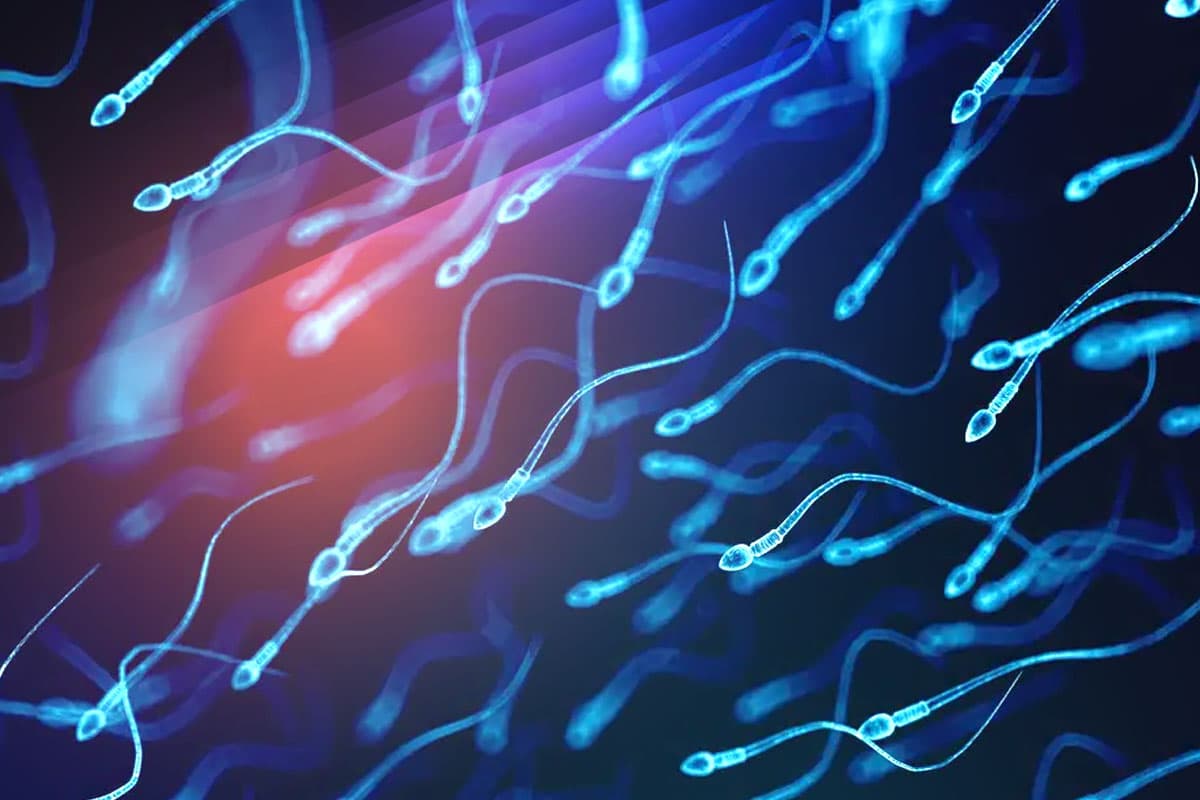
Starting a family can be a beautiful journey, but sometimes unexpected challenges arise. If male infertility is a concern for you and your partner, the VFC Center at Vejthani Hospital offers a lifeline with comprehensive surgical sperm retrieval services for IVF in Bangkok.
These minimally invasive sperm retrieval procedures include Percutaneous Epididymal Sperm Aspiration (PESA), Testicular Sperm Aspiration (TESA), and Testicular Sperm Extraction (TESE). These procedures help retrieve sperm directly from the epididymis or testicles for use in in-vitro fertilization (IVF) treatment. This innovative approach allows couples to pursue their dream of parenthood even when traditional sperm collection methods are not viable.
Sperm Retrieval For IVF Process
Here’s how we carefully perform sperm retrieval for IVF to ensure the best chance of success:
- Cleanliness is key: We start by thoroughly cleaning the testicles and surrounding area using special techniques to keep the risk of infection very low.
- Comfort first: The general anesthesia puts the patient into a deep sleep, so no pain will be felt during the procedure. In some cases, we might also offer additional medicine through an IV to help you feel more relaxed.
- Tailored approach: The exact procedure we use to retrieve sperm depends on your specific situation. This personalized approach ensures both your safety and the effectiveness of the process.
Sperm retrieval for IVF is typically an outpatient procedure, allowing you to return home the same day. This often coincides with your partner’s egg retrieval so the freshest possible sperm is used for fertilization. However, retrieved sperm can also be frozen for future use, offering flexibility for your family-building journey.
Sperm Retrieval Procedures
Now, let’s explore the different types of procedures available.
PESA (Percutaneous Epididymal Sperm Aspiration)
This is a minimally invasive procedure where sperm is extracted directly from the epididymis (a tube at the back of the testicles that stores and carries sperm) using a fine needle. PESA is typically used when there is a blockage preventing sperm from being ejaculated (obstructive azoospermia).
TESA (Testicular Sperm Aspiration)
For the TESA sperm retrieval procedure, a needle is used to extract sperm directly from the testicle. TESA is often used when the sperm count is very low or when sperm are not present in the ejaculate due to a blockage or other reasons.
TESE (Testicular Sperm Extraction)
TESE is similar to TESA, but it involves a small incision in the testes to obtain a tissue sample directly from the testicular tissue. This method is used particularly in cases of non-obstructive azoospermia, where sperm production is low but still present in the testicles.
When Is Sperm Retrieval Recommended?
Sperm retrieval might be recommended for you if you and your partner are considering IVF treatment and you’re facing challenges with sperm in the ejaculate. This could be due to a blockage preventing sperm from traveling out or because the testicles themselves aren’t producing enough sperm. Men who have undergone a vasectomy and now desire children may also benefit from sperm retrieval techniques. A doctor will typically recommend a semen analysis first to assess sperm count and motility. If this analysis shows low or no sperm, then sperm retrieval can be discussed as a potential option to help you achieve your family-building goals.
The specific method chosen depends entirely on your individual needs. If blockages prevent natural ejaculation, procedures like PESA might be used to collect sperm directly from the epididymis. Your doctor will carefully assess your situation to determine the most effective method for retrieving the healthiest sperm for your IVF treatment.
Risks
Undergoing surgical sperm collection is generally a safe procedure with a low risk of complications. However, as with any medical intervention, there are potential risks to be aware of. These include:
- Reactions to anesthesia
- Possible fever and chills
- Risk of infection at the surgical site
- Bleeding where the surgery was performed
- Formation of papules in the scrotum
- Discomfort or pain around the surgical wounds and testicles
- Potential injury to the testes
- The possibility of the testicles shrinking or losing functionality
At our VFC Center, our compassionate and skilled medical team is committed to ensuring that you are fully informed about these risks. Your doctor will discuss the risks involved and the likelihood of success with you in detail, helping you make an informed decision that aligns with your personal health and family goals.
Why Choose Vejthani Hospital For Sperm Retrieval For IVF?
Facing difficulties conceiving can be stressful. At VFC Center, we understand this challenge. Our compassionate team of fertility specialists, with extensive experience in obstetrics, gynecology, and reproductive medicine, is dedicated to helping you achieve your dream of parenthood through personalized treatment plans.
VFC Center is a world-class facility renowned for its expertise in surgical sperm retrieval in Bangkok. We’re committed to providing the highest standards of care. VFC Center’s accreditation by the Joint Commission International (JCI), a globally recognized symbol of excellence in healthcare, reflects the trust we’ve earned from patients worldwide.
When you choose VFC Center, you’ll find a supportive environment where your unique needs are understood and addressed. Our specialists take the time to create a comprehensive treatment plan tailored specifically to your fertility journey.
Don’t wait to begin your path to parenthood. Schedule a consultation at the VFC Center today. Our caring and compassionate team will guide you every step of the way.




